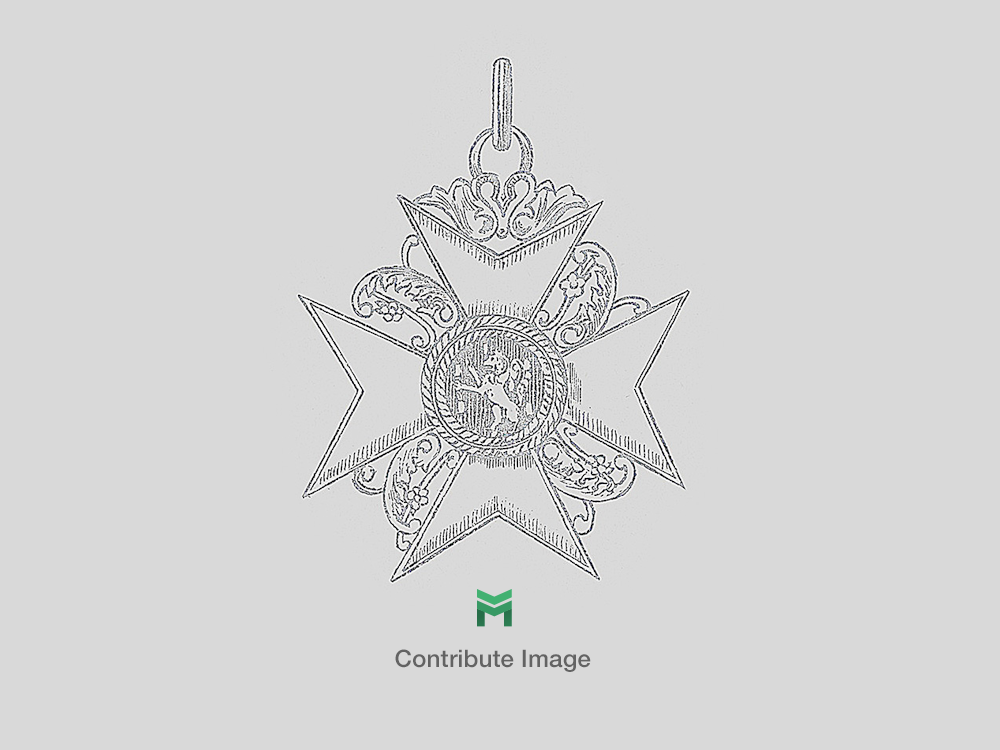FAD Adjutant’s Aiguillette
SKU: 80.GOR.03.02.07.001
Estimated market value:

Estimated market value:
Attributes
History
The RAD (Reichsarbeitsdienst = Reich Labour Service) was officially established on June 26, 1935 as the sole, and compulsory, labour service of Germany. Its purposes were to help the economy, curb unemployment, and indoctrinate its members with the NSDAP ideology, as well as play its part in militarising the German population.
The FAD (Freiwilliger Arbeitsdienst = Voluntary Labour Service) was the precursor of the RAD in the early 1930s. Official uniform regulations were first introduced on October 1, 1933, with modifications made in July 1934. It is also known as NSAD (Nationalsozialistischer Arbeitsdienst = National Socialist Labour Service).
The earliest uniforms were a not entirely successful attempt at standardisation. They gave way to a second wave of FAD uniforms that, when the RAD was established, experienced no significant changes.
Aiguillettes in the RAD were only worn by adjutants. There were no female adjutants in the RAD.
The Adjutant’s Aiguillette was introduced for wear on June 1, 1934, at a time when the organisation was still called FAD. With the establishing of the RAD the aiguillette initially remained unchanged and was worn until early 1938.
The aiguillette is very similar to the one used by the SA since 1932, but with a few differences. The braid was made of brown artificial silk and has 43 windings. The cord ends in a single conical smooth metal tip. The aiguillette was attached to a tunic button by means of a cord loop at the end of the braid and a sewn-on cloth piece with button hole, to be attached to the shoulder board button.
It has two double cords sewn onto the cloth piece, one of which, the longer one, was run around the shoulder, coming out under arm and then being “knotted” to the shorter one.

Versions
N/A


Comments
Sign in to comment and reply.


Scroll Top